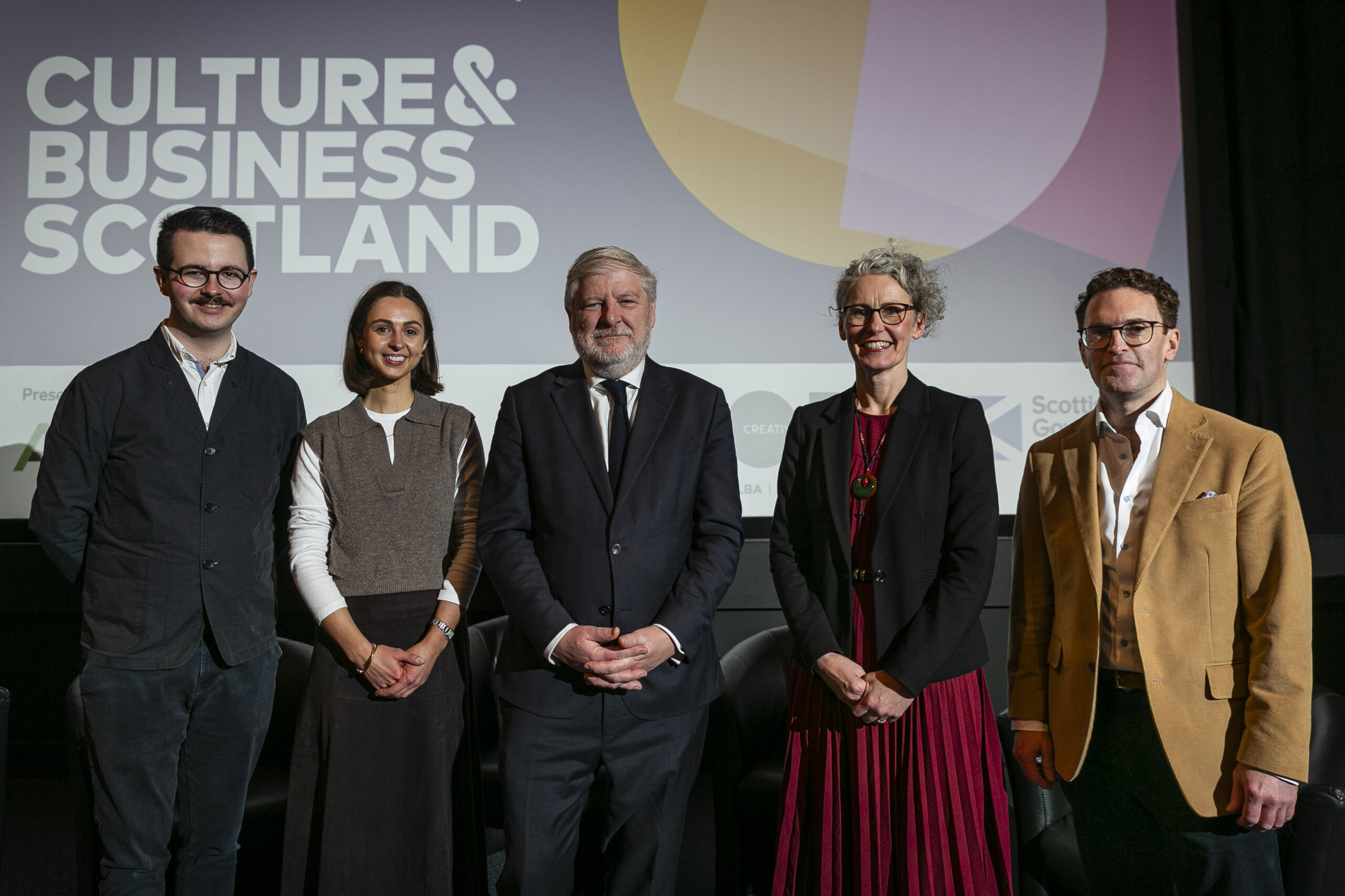Scottish Power is supporting the return to Glasgow of The National Theatre of Scotland’s production of Black Watch by Gregory Burke, directed by John Tiffany.
The National Theatre of Scotland’s production of Black Watch returns to Glasgow in 2013, playing at the SECC from Wednesday 28th March to Saturday 13th April, supported by Scottish Power. Black Watch has played to sold-out houses inGlasgow on three previous occasions, at the Old Fruitmarket in 2007 and at the SECC in 2008 and 2010. The production has now played to over 212,000 people across four continents and has garnered 22 awards.
Most recently Black Watch made its Asian debut at the National Theater of Korea, Seoul, in 2012, having previously that year toured the US, visiting Washinton DC and Chicago. Black Watch has been showcased in festivals and venues inAustralia,New Zealand, Glenrothes,Glasgow,New York,London,Toronto,Virginia,Wales, Salford,Coventry,Dublin,Los Angeles, Pitlochry,Aberdeen, Dumfries, Dingwall,Glasgow andEdinburgh. Following theGlasgow run in 2013, the production will tour to theNorwich and Norfolk Festival (17-20 April),Seattle (25 April – 5 May) andSan Francisco (9 May – 16 June).
Hurtling from a pool room in Fife to an armoured wagon in Iraq, Black Watch is based on interviews by Gregory Burke with former soldiers who served in Iraq. Viewed through the eyes of those on the ground, Black Watch reveals what it means to be part of the legendary Scottish regiment, what it means to be part of the war on terror and what it means to make the journey home again. John Tiffany’s production makes powerful and inventive use of movement, music and song to create a visceral, complex and urgent piece of theatre.
ScottishPower’s support of the National Theatre of Scotland’s Black Watch is part of an ongoing relationship between the two companies. Most recently ScottishPower has supported Glasgow Girls, Reasons to Dance and Truant, with the two companies winning the Community Award at the 2013 Arts and Business Scotland Awards for their collaboration on the last two of these projects.
Creative Team: Directed by John Tiffany; Associate Director Movement – Steven Hoggett; Associate Director Music – Davey Anderson; Set Designer – Laura Hopkins; Costume Designer – Jessica Brettle; Lighting Designer – Colin Grenfell; Sound Designer – Gareth Fry; Video Designers – Leo Warner and Mark Grimmer for Fifty Nine Productions Ltd.




